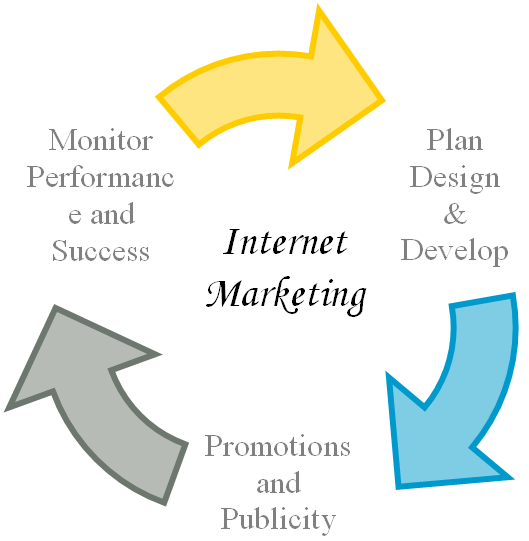You’re the marketing expert at your company and you’ve finally convinced your team that connecting with customers on the mobile devices is an important initiative this year. You know your new mobile strategy needs to play nice with your current programs but when you look at your current marketing – it’s, well…all over the place. Tactic after tactic that was implemented to address a need. You’re probably even paying for some really cool products/services and not really using them.

Don’t Jump To Execution
You’re smart enough to know that you need a mobile specialist but that’s not really in budget is it? So you start googling for examples of successful mobile campaigns and you come across the likes of Starbucks, Coca-Cola, Domino’s, Walgreens etc. You notice a few of them have an app and you say to yourself “we need an app!”
You show your team what these other brands are doing and everyone gets on the app train. You find a developer or possibly an online service that can build your app and you’re off to the races. But wait right there…you just made the biggest mistake in mobile.
You just skipped all of the important steps in developing a mobile strategy.
You jumped right to execution.
“But Starbucks has an app” you’re saying to yourself. Actually Starbucks has multiple apps for different objectives. When most business look to the successful mobile marketers they see the end result. They don’t think like the brand or even their agency as to why they chose the direction they did. You see their results and you go to execution, trying to satisfy a need for something like a mobile website or an app before you ever defined an objective.
Let’s make sure you don’t make the biggest mistake in mobile marketing and go through the appropriate steps.
Step 1: Determine One Objective
Yup, just one. This is the business goal that your mobile marketing can achieve. If you don’t have enough money to achieve that goal, tough luck. Pick another. Goals that you can’t afford are not realistic goals.
Now you have to make sure that goal is super specific so that you can measure your marketing against it to gauge success. Let’s say you’re a restaurant – your specific goal could be to increase sales by 15% in 4-6 months by offering exclusive dining experiences for loyal customers.
Step 2: Define Your Target Audience
This is not easy for most businesses. They try to please everyone and end up pleasing nobody. In this step you’re trying to picture your dream customer. Why are they your dream customer? Write it down…
What is their name? What do they do for a living? Are they married? Kids? Exactly how old are they? Break down each of your new customer persona’s and list out the best place to reach them, the ideal time and appropriate form of communication to present your offering.
Step 3: Define Your Own Identity
This is usually the most difficult step. You start looking at your competition and listing out what makes you different or how you do something differently. It’s not about that, sorry. It’s about your story. WHY do you do things the way you do? Now more than ever consumers connect with businesses that feel human. Say you have better customer service. Why do you have better service? Why do you as a company care so much about customer service?
When your customers understands and believes why you do something better than the next guy, you win. If they don’t believe you or know why you do things the way you do. Why should they care or believe you?
Step 4: Develop Your Plan Of Attack
Here we go. This is part is fun and will have the biggest impact. You’ll either end up on Mobile Marketer or Mobile Marketing Fail Blog. You’ve defined who your customer is and you know exactly how you want them to think about you. Now is when you get to explore the various options available to most effectively connect your target audience to believe your identity and mission.
This is where it may be easy to look back at the pro’s and try to emulate them but be careful as that can be lethal. Heck, maybe after steps 1-3, you realize that an app isthe best path. If you come closer to the end of the road and the right app developer is too expensive. You’ll have to table that opportunity and find something that is more reasonable. Or you can find a more affordable app developing solution. In a later post we’ll talk about how to pick the right developer.
Step 5: Execution
NOW that you’ve taken all the right steps you can go to the execution part. Before reading this post you might have actually started in Step 5 but now you’re ready to set yourself up for success and get that fatty raise. When it comes time to create and execute the plan you should run your idea back through the last 4 steps. Does your execution plan align with your target audience, your identity and fall within the plan?
You’ll be shocked at how much easier it is to sell in new initiatives to your team with a little bit of leg work up front. Measuring your success will also be a heck of a lot easier.
http://mobilemixed.com/the-biggest-mistake-in-mobile-marketing/








